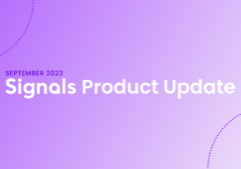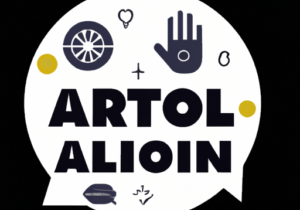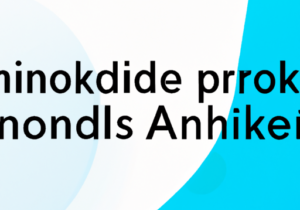Digital marketing thrives on data. That’s an undisputed fact. Dive into this truth with Billy Bateman and Ish Jindal, who reveal that precise, actionable data is your golden ticket to conversion success.
Transform Interactions with Smart Forms and Chatbots
Shift gears to Smart Marketing. Your website’s Smart Forms do more than collect information—they create engaging experiences that learn and adapt. Smart Bots take conversations to the next level, addressing complex queries and guiding users with dynamic, personalized dialogue. Consequently, you’re not just meeting expectations; you’re exceeding them, driving conversion rates skyward.
Engage Instantly with Smart Alert
Enter Smart Alert. This tool sends you immediate notifications when a prospect engages with your site. Paired with Real-Time Tracking, it enables you to respond to user actions instantly. This approach doesn’t just speed up interactions; it makes them more meaningful, significantly advancing users through your sales funnel.
Identify and Engage with Smart ID
With Account Identification, anonymous visitors become potential prospects. By harnessing Smart ID, you personalize content delivery to an unprecedented degree. This strategy embodies personalization in marketing—transforming cold leads into engaged, interested prospects.
Harness AI for Efficient Live Chat
AI revolutionizes live chat. Tools like Signals qualify leads in real time, using machine learning to route potential buyers to your sales team. This tech doesn’t just refine lead qualification; it dramatically shortens the sales cycle, boosting both conversions and revenue.
Data Enrichment: The Heart of Smart Marketing
Every site interaction is an opportunity for Data Enrichment. By harnessing this data, Signals empowers you to make informed Smart Marketing decisions. With machine learning and AI, the platform eliminates guesswork, providing a robust system of Account Intelligence that informs your strategy with unmatched precision.
Boost Your Bottom Line with Live Chat
Live chat is a powerhouse for conversions. By engaging directly with visitors, you effectively address the nuanced needs that FAQs can’t meet. This personalized support can nudge potential customers towards making a purchase, thereby enhancing your business’s financial health.
Fine-Tune Your Funnel for Peak Performance
The discussion boils down to two tactics: increasing top-funnel traffic and compressing the funnel for efficiency. Attracting more site visitors while minimizing conversion steps creates a more efficient funnel. Tools like Smart Alert and Smart ID are crucial, making the conversion journey smoother and more effective.
Take Action with Data-Driven Insights
The narrative is clear: data guides the way to modern marketing success. Signals offers a suite of tools, from Smart Forms to AI-driven chat solutions, that go beyond the industry standard. Ready to experience how these strategies can elevate your marketing? Book a demo with Signals today and step into the future of Smart Marketing.
Listen to the full podcast here: https://getsignals.ai/podcast/digital-conversations-with-billy-bateman/
READ MORE
Start seeing your Buyers' signals
Signals is helping companies automate, grow, and close sales pipeline with industry-leading predictive intent scoring, lead generation, and real-time engagement.






















